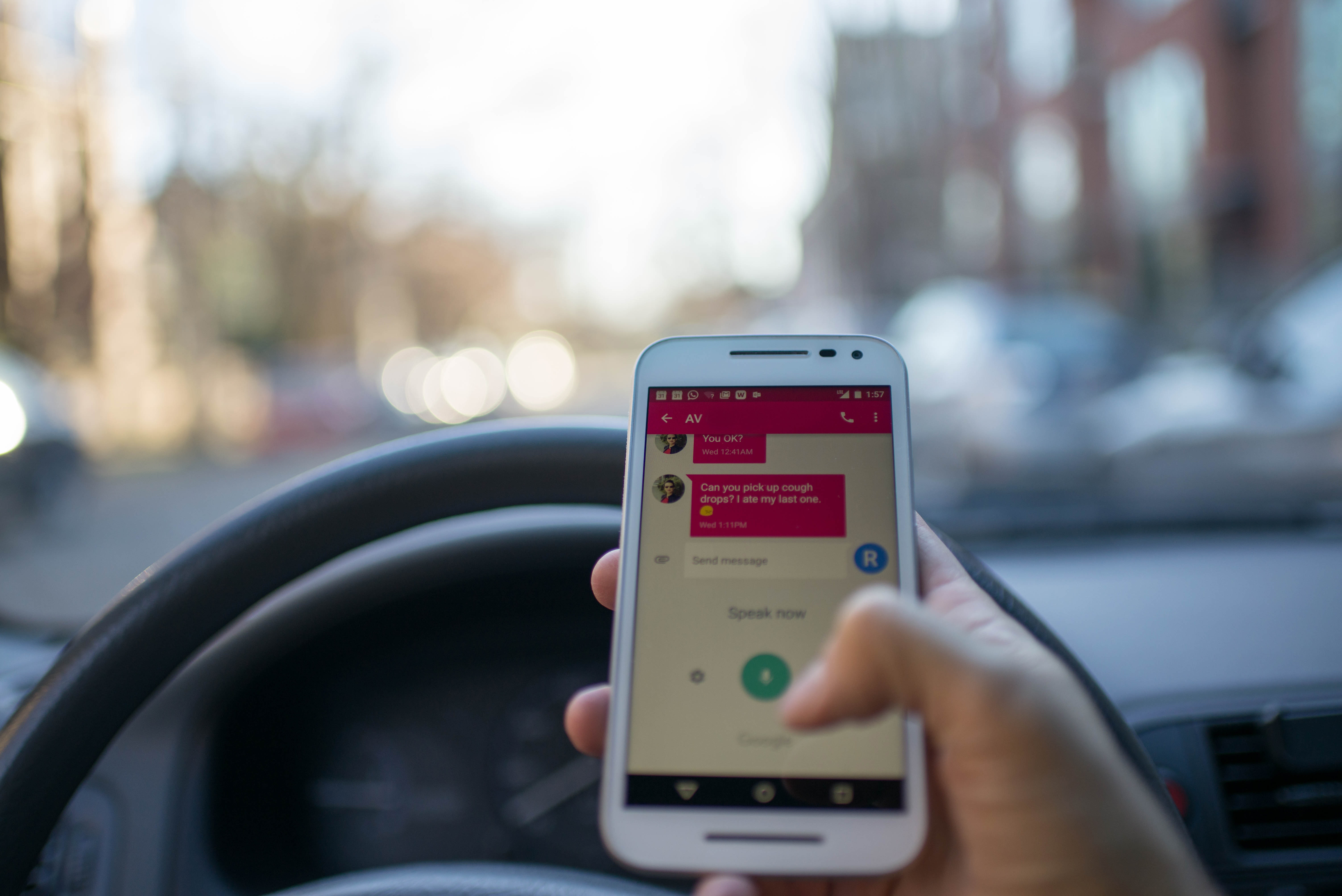Distracted Driving Report

Many factors contribute to distracted driving, which is when a driver is handling a vehicle without his or her full attention. Obvious factors include texting or talking on the phone while driving; other not-so-obvious factors include driving while tired, holding a conversation with other passengers while operating the vehicle, and eating while driving.
In the United States, infrastructure defenses against distracted driving include rumble strips, text stops, and law-enforcement patrols. However, not all states have these. According to the 2017 report “Technology Transfer: Distracted Driving – Overview Summary of Ways to Alleviate” by Robert Peters, Ph.D., and Despina Stavrinos, Ph.D., only rumble strips were used consistently. A rumble strip is grooved pavement that shakes a vehicle and creates tire noise when a vehicle drifts onto it. The goal is to redirect the driver’s concentration.
According to the report, technology development has severely impacted distracted driving. Texting causes cognitive, visual, and manual distractions. This means a driver’s mind is not on driving, the driver’s eyes are not on the road, and both hands are not on the steering wheel. A 2008 study by the National Highway Traffic Safety Administration found that “nearly 6,000 lives were lost and more than half a million people were injured in motor vehicle crashes involving drivers that were distracted.”
According to the Peters and Stavrinos report, 1.6 million distracted-driving-related crashes occur each year, and there are 330,000 distracted driving-related injuries each year. To combat this, some car manufacturers have stepped up with more shatter-resistant windshields, some municipalities have repainted road stripes so they stand out better, and some areas have implemented increased awareness campaigns — especially targeted at teens, whose distracted-driving fatality rates are higher than that of teen drunk driving fatality rates. Research show teens are fully aware of the consequences of distracted driving, but most text and talk on the phone while driving anyway.
Additional studies and a survey of state Departments of Transportation (DOT) indicate that rumble strips currently are the most effective means of preventing crashes related to distracted driving. According to a 2015 study by the Federal Highway Administration, “rumble strips have been shown to reduce crash injury by 38 to 50 percent on rural two-lane roads and 37 to 90 percent on urban two-lane roads.”
The DOT survey found that overall, state DOTs thought technology, education, and law enforcement were the best ways to decrease distracted-driving injuries and deaths. More than half of the respondents replied that behavioral campaigns focusing on changing the attitudes of future drivers and teens would be very or at least slightly effective in reducing distracted-driving fatalities and injuries. This means getting teens to actively not text and drive.
The majority of survey respondents thought infrastructure changes were, at best, slightly effective, with many stating there was no difference from previous years in terms of effectiveness. Infrastructure solutions included designated texting lanes and signs.
The 2017 Peters and Stavrinos report concluded that no single approach would eradicate distracted driving and its potentially hazardous outcomes. Intervention, awareness campaigns, legislation, better road design, and technology that can disable cell phones must be combined to make significant inroads in reducing and eliminating distracted-driving injuries and fatalities.